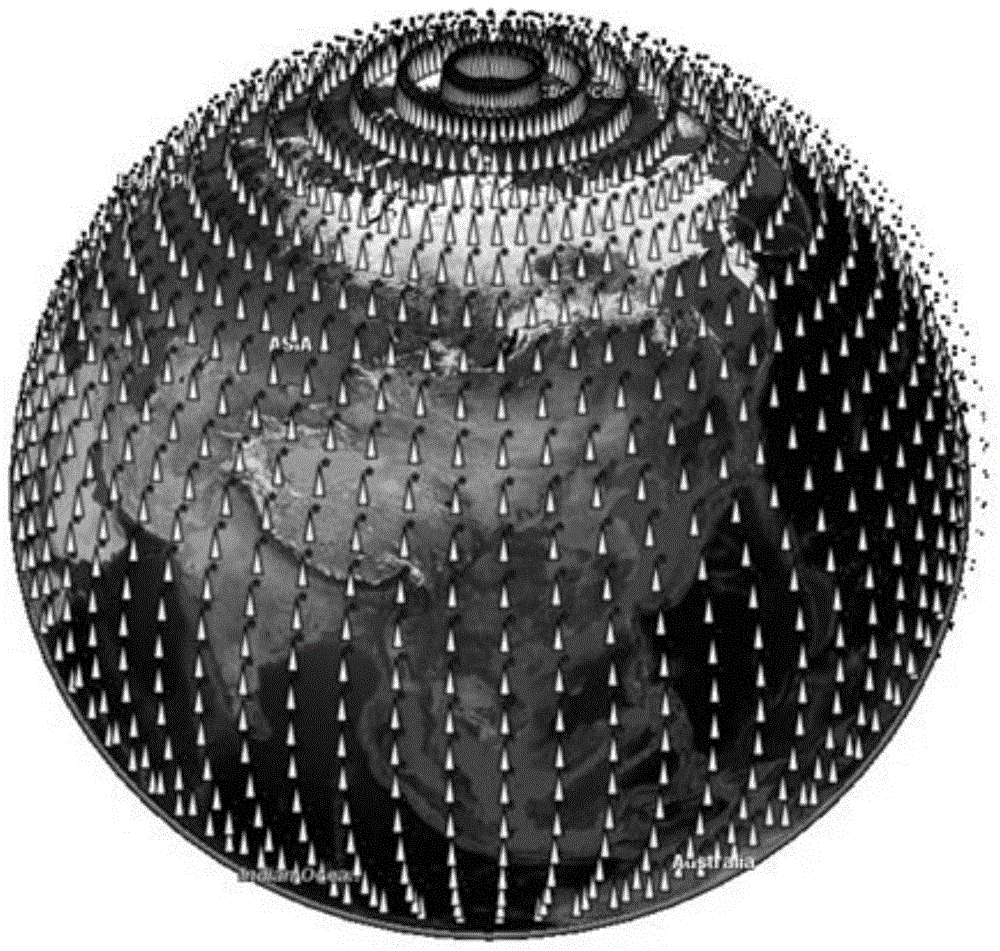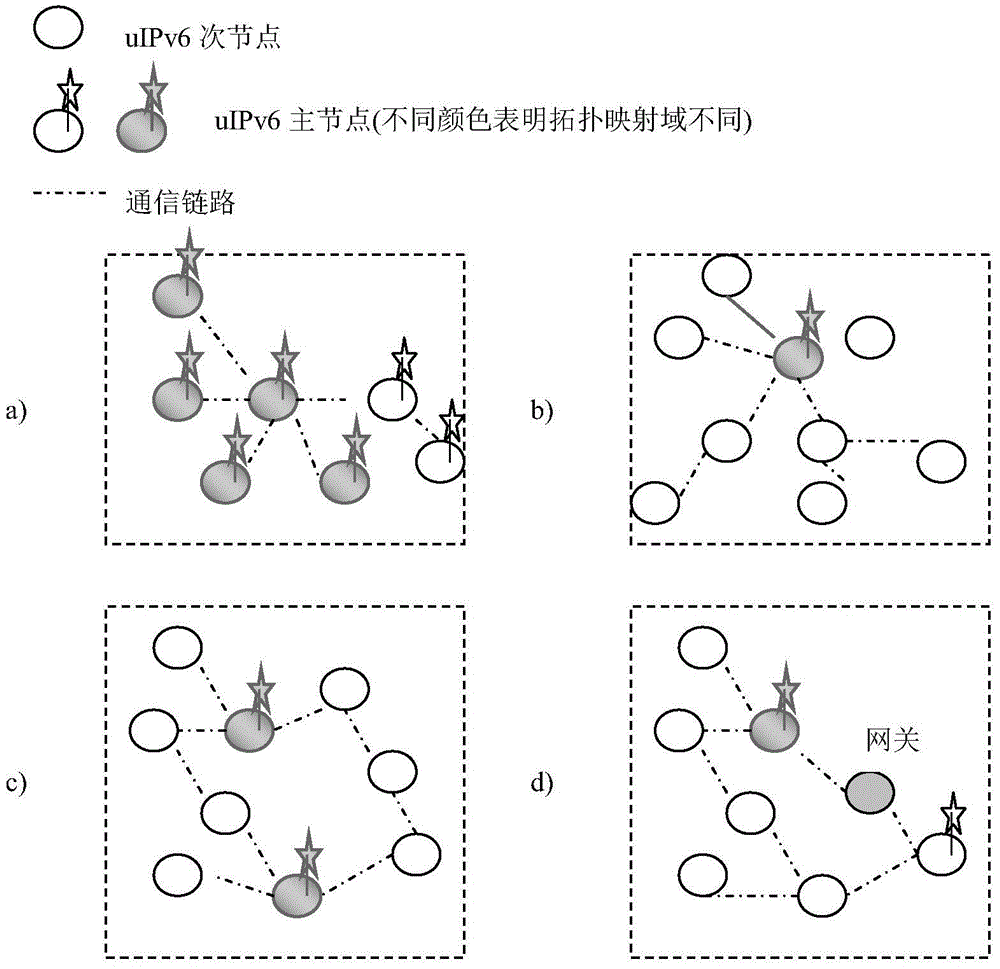An ipv6 addressing and networking method based on physical space location mapping
A technology of physical space and space topology, applied in the field of network communication, can solve the problem of waste of IPv6 address space, and achieve the effect of low transmission overhead, simplified interconnection process, and compatibility.
- Summary
- Abstract
- Description
- Claims
- Application Information
AI Technical Summary
Problems solved by technology
Method used
Image
Examples
Embodiment Construction
[0022] The present invention will be further elaborated below in conjunction with the accompanying drawings and specific embodiments.
[0023] The idea of an IPv6 addressing and networking method based on physical space location mapping in the present invention is to use the currently easily obtained global positioning information to divide the IPv6 address space according to the topology of the physical space, so that all allocated IPv6 addresses have Spatial topological properties, that is, such an IPv6 address contains the geographical location information of itself. For the convenience of description, we call the IPv6 address with this spatial topology as uIPv6 address, the process of generating uIPv6 address is called uIPv6 addressing, and the USN networking technology based on uIPv6 address is called uIPv6 technology, such as figure 1 Shown is the latitude and longitude mapping diagram (M=6) drawn based on NASAWorld Wind in the present invention. Unless otherwise speci...
PUM
 Login to View More
Login to View More Abstract
Description
Claims
Application Information
 Login to View More
Login to View More - R&D
- Intellectual Property
- Life Sciences
- Materials
- Tech Scout
- Unparalleled Data Quality
- Higher Quality Content
- 60% Fewer Hallucinations
Browse by: Latest US Patents, China's latest patents, Technical Efficacy Thesaurus, Application Domain, Technology Topic, Popular Technical Reports.
© 2025 PatSnap. All rights reserved.Legal|Privacy policy|Modern Slavery Act Transparency Statement|Sitemap|About US| Contact US: help@patsnap.com



